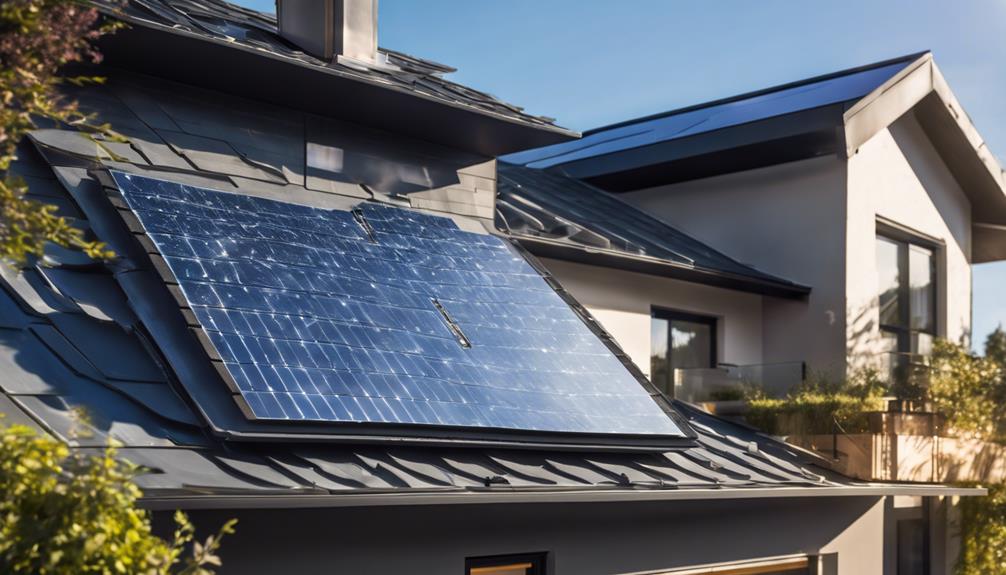
In an age where energy efficiency and sustainability are paramount, solar panels have emerged as a viable alternative to traditional energy sources. This guide will delve into everything you need to know about solar panels for 200 watts, their benefits, installation, and how they can positively impact your energy consumption.
Understanding Solar Panels: What Are They?
Solar panels are devices that convert sunlight into electricity. They consist of many solar cells made from semiconductor materials, primarily silicon. When sunlight hits these cells, it creates an electric field that generates direct current (DC) electricity. This electricity can either be used immediately or stored in batteries for later use. Solar panels for 200 watts are particularly popular for small-scale applications, such as powering individual appliances or providing supplemental energy to homes.
Why Choose 200-Watt Solar Panels?
Selecting the right wattage for your solar panels is crucial for maximizing energy efficiency. Solar panels for 200 watts are an excellent choice for homeowners or businesses looking to meet specific energy needs without overwhelming their power system. These panels are compact, making them easy to install on rooftops or in small outdoor spaces. They’re also ideal for off-grid applications, such as powering RVs, boats, or small cabins. By utilizing 200-watt panels, you can strategically enhance your energy use while keeping costs manageable.
Benefits of Installing 200-Watt Solar Panels
Investing in solar panels for 200 watts comes with a plethora of benefits. Firstly, they can significantly reduce your electricity bills. The energy generated can offset your reliance on grid power. Secondly, using solar energy contributes to reducing your carbon footprint, promoting a cleaner environment. Furthermore, many governments offer incentives such as tax credits and rebates for solar energy installations, making it a financially sound investment. Lastly, 200-watt panels are relatively easy to transport, making them a flexible option for various applications.
How to Calculate Your Energy Needs
Before installing solar panels for 200 watts, it’s essential to determine your energy requirements. Begin by reviewing your electricity bills to understand your average monthly usage. To calculate how many 200-watt panels you need, divide your total energy consumption (in watt-hours) by the output of a single panel. For instance, if your monthly usage is 600 kWh (or 600,000 watt-hours), you would need approximately 250 panels. However, keep in mind that factors such as location, sunlight exposure, and local weather patterns can influence solar panel efficiency.
The Installation Process: What to Expect
Installing solar panels for 200 watts can be a straightforward process, especially if you choose to hire a professional contractor. The installation typically involves several critical steps. First, the installer assesses your site to determine the optimal placement for the panels. Then, they will mount the solar panels on your rooftop or a ground-based structure. After that, they will connect the panels to an inverter, which converts the DC electricity generated into alternating current (AC) suitable for home use. Lastly, the system is connected to your electrical panel, completing the setup.
Maintenance and Care for Your Solar Panels
One of the appealing aspects of solar panels for 200 watts is their low maintenance requirements. Regular cleaning is essential to ensure optimal performance, as dirt, dust, and debris can hinder sunlight absorption. In most cases, a simple rinse with water is sufficient. Additionally, it’s wise to have a professional inspection every few years to check for any wear and tear. This proactive approach can help you maximize the lifespan of your solar panels, which can last 25 years or more when properly cared for.
Cost Considerations: Is It Worth the Investment?
The cost of solar panels for 200 watts varies based on several factors, including brand, installation fees, and additional equipment such as inverters and batteries. On average, homeowners can expect to pay between $150 and $300 per panel, excluding installation costs. However, the long-term savings on energy bills, combined with possible tax incentives, often make this investment worthwhile. Additionally, the growing trend towards renewable energy makes solar power an increasingly popular choice for environmentally-conscious consumers.
Conclusion: Embrace Solar Energy Today
In conclusion, solar panels for 200 watts offer a sustainable and efficient energy solution for homeowners and businesses alike. By understanding your energy needs, considering the benefits, and following the installation and maintenance guidelines provided in this article, you can take significant steps towards reducing your carbon footprint and lowering your energy costs. With the right planning and investment, solar energy can pave the way for a brighter, more sustainable future.
By choosing to install 200-watt solar panels, you’re not just investing in your home; you’re contributing to a global movement towards cleaner energy. Explore your options today, and join the countless others who are making the switch to solar power!





